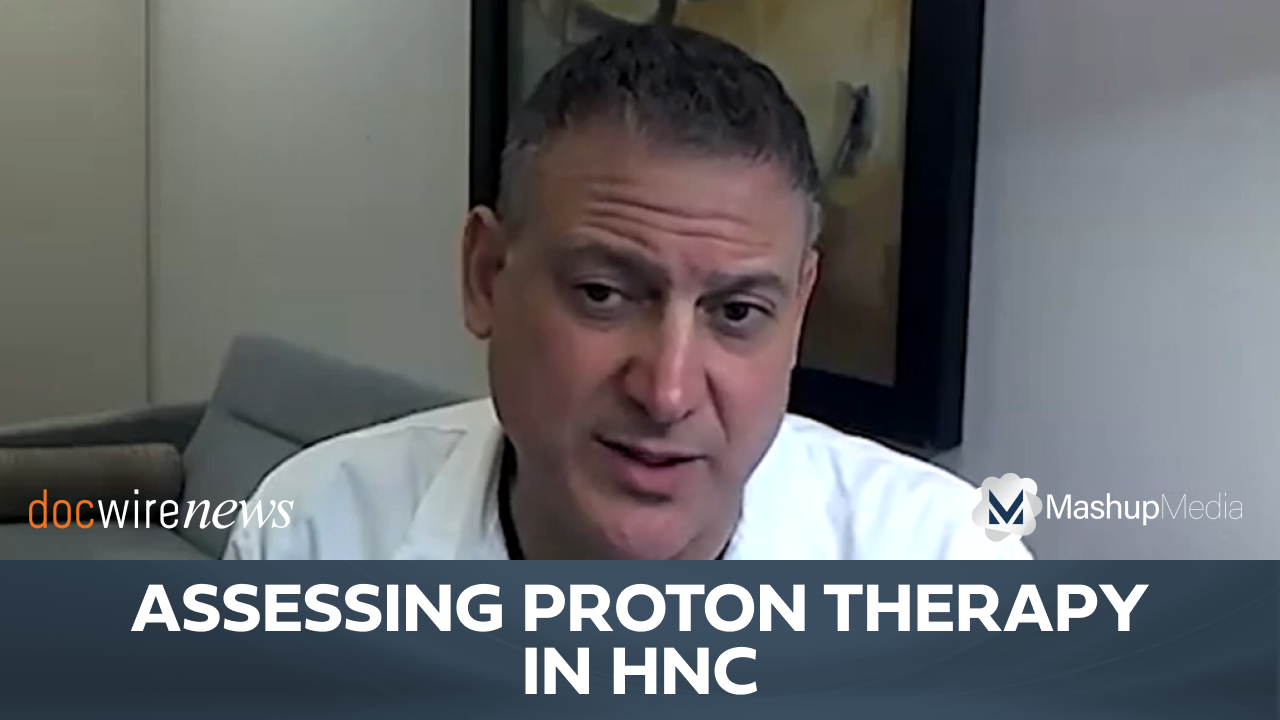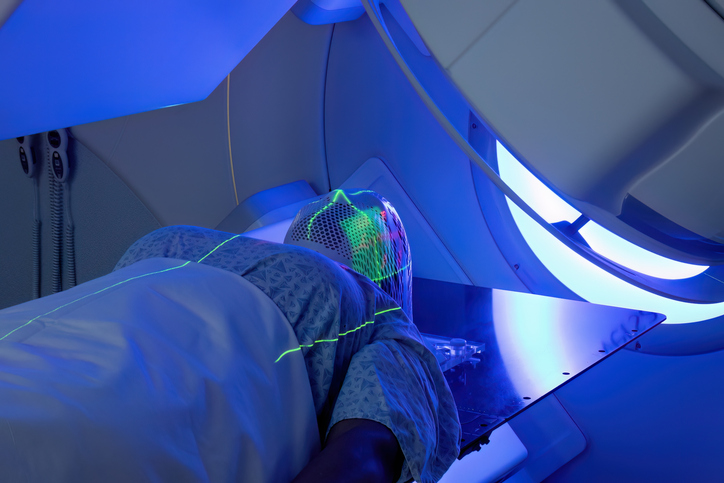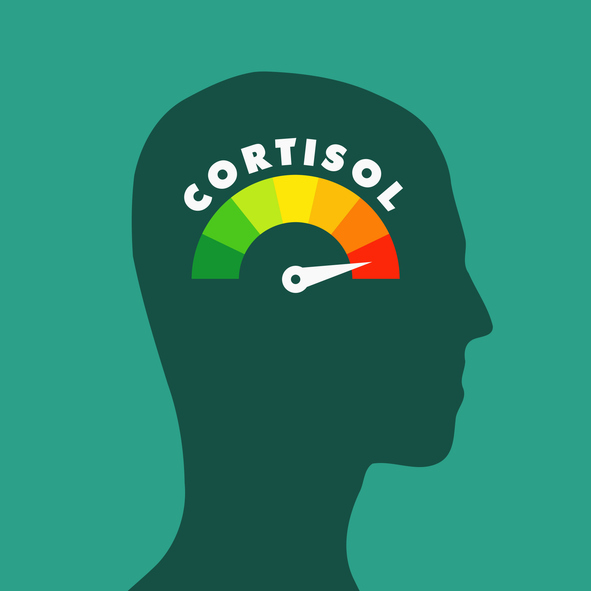
A new study which analyzed price transparency and price variation for the treatment of thyroid cancer show that not enough cancer centers are disclosing payer-negotiated prices, and the cost of some services ranging by as much as 70-fold. The study appeared in JAMA.
While treatment regimens for thyroid cancer are well-established, and largely successful, that treatment imposes a notable financial burden on patients, the researchers noted. In fact, thyroid cancer patients have the highest rates of bankruptcy among all cancer patients.
As such, the Centers for Medicare & Medicaid Services (CMS) recently implemented price transparency reforms, effective January of this year, to promote informed hospital selection by patients and cost-based competition among hospitals.
In this study, researchers conducted a cross-sectional analysis of commercial payer-negotiated prices of services for 52 thyroid cancer at NCI-Designated Cancer Centers. Inclusion criteria was restricted analysis to cancer centers providing adult clinical care and participating in the Medicare Inpatient Prospective Payment System. In to compare prices between the respective centers, they first normalized price for each service at each center to the estimated center-specific 2021 Medicare payment amount, and subsequently determined the ratio between the maximum and minimum normalized median prices for each service across centers.
Overall, 26 of the 52 centers (50%) disclosed commercial payer-negotiated prices for any items or services. According to the results, the normalized normalized payer-negotiated prices varied widely across centers, from up to 70-fold (raw median price range, $161-$10 790) for radioactive iodine treatment and almost 45-fold (raw median price range, $108-$4845) for neck computed tomography. Within centers, negotiated service prices varied widely across payers; for example, median (interquartile range) within-center ratios were 4.8 (2.3-10.2) for fine-needle aspirate biopsy and 4.6 (2.6-6.5) for thyroid uptake scan, the researchers noted.
“Centers are facing a new reality when it comes to price transparency — never before have they been required to make these rates available, and it’s a huge lift to collect this information and make it available in a way that is intelligible to patients,” said co-first author Vinay Rathi, MD, MBA, a resident in Otolaryngology-Head and Neck Surgery at the Brigham and Mass Eye and Ear. via a press release. “As this information becomes available, we’re interested in exploring how it can be used to help our patients.”
https://twitter.com/thedextazlab/status/1400860467766169604
“The cost of health care is a fundamentally important issue,” said senior author Rosh K.V. Sethi, MD, MPH, a head and neck surgeon at the Brigham and Dana-Farber Cancer Institute. “The introduction of price transparency is a step in the right direction for both patients and clinicians to understand discrepancies in cost.”
News: Wide variation in cost and transparency of payer-negotiated prices for thyroid cancer care – https://t.co/67PsyGVvUW
— 7thSpace Interactive (@7thSpaceCom) June 4, 2021
Wide variation in cost and transparency of payer-negotiated prices for thyroid cancer care https://t.co/DlDIyQE7B8
— Haleplushearty.org (@haleplushearty) June 5, 2021







 © 2025 Mashup Media, LLC, a Formedics Property. All Rights Reserved.
© 2025 Mashup Media, LLC, a Formedics Property. All Rights Reserved.